Saudi Arabia's Cities Richer and with modern skyscrapers, oil reserves are the country's wealth, with the majority of the economy relying on oil exports, with oil accounting for more than half of the Saudi government's income. After Venezuela, Saudi Arabia possesses the world's largest oil reserves. There are several cities and towns in Arabia, and Riyadh is the capital and largest city in Saudi Arabia, with a population of over 6,500,000 people. Cities in the Kingdom are the primary development hubs, with over 31 percent of the population made up of foreign nationals residing in Saudi Arabia. The city is also a major tourism hub, and the government intends to focus on tourism-related development in the city. The two indices have shown that 8 out of 11 Governorates in the Eastern province are within the most affluent Governorates of the country .
The Eastern province hosts 5 major universities within the country, as well as ARAMCO, one of the world's largest oil companies. The Jubail Governorate in the northern part of the Eastern region is the largest industrial city in the Middle East. Therefore, it is understandable to find these Governorates to be within the most affluent, especially that the Eastern province is the gate towards the rest of the gulf countries. The major cities in the country, such as the capital Riyadh and Jeddah were also within the affluent ranking in the SI and affluent ranking from the SES class index.
The highest proportion of households in the Kingdom are in apartments (41.1%), followed by traditional house (26.2%), villa (17.7%), and floor of a villa (17.7%). Makkah Al-Mokarammah has 54.1 percent; Al-Madina Al-Monawarah has 51.1 percent; the Eastern Region has 46.4 percent; and Tabouk has 46.4 percent of households in apartments . The Jazan and Hail regions have a low share of such housings (13.4% and 14.1%, respectively) revealing that housing developments differ regionally in the Kingdom. While major regions such as Al-Riyadh, Makkah Al-Mokarramah and the Eastern Region have developed modernized apartments, other regions have not. Thus, single family house incorporating the privacy features and greater number of rooms, providing for segregation of sexes and the guests appears to be the preferred type of dwelling unit in the Kingdom (Rahmaan et al. 1990).
The Kingdom of Saudi Arabia's three-fifths of the population live in major cities, which are well organized with relatively integrated transportation networks and most basic services . Saudi Arabia's population is 26,090,555, living in 4,655,127 households with higher concentration in Al-Riyadh, Makkah Al-Mokarramah, and the Eastern Region. One-fourth of the households are in Makkah Al-Mokarrammah while another one-fourth in Al-Riyadh. The proportion of households in own houses is less than half – mostly Saudi households. Households in the Kingdom live in apartments, traditional houses, villas or floor in a villa with differing proportions across regions and between Saudi and non-Saudi.
Infrastructure – electricity, water, and sewage – vary across regions. The major source of electricity is public station followed by private station and private generators. Water source is mainly the public water inside the pipe unit but catchment tank water and well water are used. Three types of sewage system are prevalent in the Kingdom - public sewage, ditch sewage, and private sewage. Although economic planners have not achieved all their goals, the economy has progressed rapidly. However, significant population growth has strained the government's ability to finance further improvements in the country's standard of living.
Heavy dependence on petroleum revenue continues, but industry and agriculture now account for a larger share of economic activity. The mismatch between the job skills of Saudi graduates and the needs of the private job market at all levels remains the principal obstacle to economic diversification and development; about 4.6 million non-Saudis are employed in the economy. This low proportion of owned houses are due to rural to urban migrations or employment-oriented short-term settlements in major cities such as Riyadh, Jeddah, Dammam, Makkah, Madina, and Alkhubar. There are also upcoming industrial, academic, medical, and military townships that attract native manpower from various parts of the Kingdom, which create a boom of rented houses due to the shortage of employer housings. Such settlements exist in large number in Jubail , Burayda (Al-Qaseem region), Najran , and Tabuk .
As a result, the proportion of rented housing increases, unless large-scale employer housings are made. It also has implications on labor migrations and regional development initiatives. A large majority of non-Saudi households are in rented houses (66.7%) and office quarters (27.8%). Census operations in Saudi Arabia started in 1962–63 but have not been succeeded to establish a periodicity even though subsequent censuses were held in 1974, 1992, 2004 and 2010.
Census reports differ from one another in terms of definitions, classifications and the tables. However, 2004 and 2010 censuses are comparable, where household tables have been consistently reported. Each category has the number of housing units, number of households and number persons in it.
The Kingdom of Saudi Arabia, the largest nation in the Arabian Peninsula is divided into 13 regions, which are of different development levels in terms of both population and public utility infrastructure. More than the other regions, population is high in Al-Riyadh, Makkah Al-Mokarramah, and the Eastern Region, due to urbanization. The current analysis of census results is aimed at understanding regional variations in population and households and house ownership, type of housing, and housing infrastructure. The national census data of 2004 from the General Authority for Statistics in SA was used for this analysis . There are two main geographical levels for the country, the 13 provinces, and nested within these are 118 Governorates.
The average population within the Governorates is 192,189, and the median is 57,792. The population ranges from 4,138,329 in the capital Riyadh to 3785 in Kharkheer. The geographical level of analysis in this study is the Governorate level, since that is the geographical level at which most administrative and health data are collected, and also for data accessibility issues. Proportionately, the Makkah Al-Mokarramah region has the Kingdom's largest share of population (25.5%), followed by Riyadh (24.9%) and Eastern Region (14.6%); thus, totaling 65.0 percent.
Such an imbalance of population has been in existence in the Kingdom on regional and urban scales , which may have been due to cultural factors and the concentration of government and private spending (Al-Khalifeh 1993). These regions are highly developed, with metropolises and high levels of industrial and commercial activity (Khraif 2000; Al-Abdulkareem and Ballal 1998) – Ar-Riyad (Al-Riyad Region), Jeddah, and Makkah (Makkah Al-Mokarramah Region), and Dammam . These metropolises attract not only the non-Saudi manpower from other countries but also the Saudi manpower from other regions, creating an imbalance of population in Northern Borders, Al-Jouf, Al-Baha, and Najran regions . Such urbanization trends are not only characteristic of Saudi Arabia but also of West Asia (Televizian 2009; Fahimi and Kent 2007). The conservative capital city of Saudi Arabia is one of the world's wealthiest cities, combining traditional ideals and cultural values with modern developments in trade, business, architecture and tourism.
How Many Cities Are In Saudi Arabia Dedicated to upholding traditional Islamic values yet undergoing significant change following growing economic prosperity and innovation, Riyadh is a city full of contradictions. This makes it both intriguing and confusing for many foreigners, though there's also plenty to ensure visitors are comfortable – including swanky hotels overlooking the surrounding desert, and the fact that almost everyone speaks business English. King Saud University, the second-ranked university in Saudi Arabia, is located here. Saudi Arabia's first two development plans, covering the 1970s, emphasized infrastructure. The results were impressive--the total length of paved highways tripled, power generation increased by a multiple of 28, and the capacity of the seaports grew tenfold.
Spending on infrastructure declined, but it rose markedly on education, health, and social services. Although, the two indices have been able to pinpoint the most deprived Governorates, thus aiding in policy making, as well as their validity for use with data collected on a national scale, such as disease registries. First, the indices are on a Governorate level, and Governorates range from large cities such as the capital Riyadh to small villages such as Kharkheer.
There are differences between Saudi and non-Saudi households in terms of living arrangements and lifestyles. While a large majority of Saudi households live in modernized housings, non-Saudi households live in houses of less quality. On the contrary, most of the non-Saudi live in urban regions within the well-connected networking. The Saudi population lives in rural areas where traditional living and livelihood predominates.
The government's human settlement policies, focusing on the consolidation of existing settlement structure and continued efforts to improve standard of life in rural areas, changed the housing sector in the Kingdom . Supporting middle and low-income citizens to secure their own housing; ensuring adequate resources to meet the growing demand; overcoming constraints of construction costs; and accurate assessment of housing requirements are issues demanding attention . As per the Population and Household Census 2010's results, Saudi Arabia has a population of 26,090,555. Three-fourths of them are Saudi natives and the rest are non-Saudi immigrants from various parts of the world. Immigrants hail mostly from Southeast Asia and Africa (Khraif 2009; Khraif 2000; Clarke and Murray 1973).
Though the Saudi population, with the structural changes in labor force, shifted from agriculture to the service sector, the non-Saudi population remains evenly distributed . Not only in Saudi Arabia but also elsewhere in the Gulf Cooperation Council , the number of expatriates increased, pressuring the economy and society . A large number of expatriates add to the demographic challenges of Saudi Arabia in addition to the youth bulge, high fertility, and high growth .
In the region, expatriates are essentially required to develop infrastructure and power stations, government ministries and services, and industrial and agricultural sectors (Wincker 1997; Sufian 1993; United Nations 1990). An inequitable distribution of population across regions shows urbanization, causing an emergence of the modern housing sector influencing house ownership. Developed regions have less ownership, more rentals and office quarters, thus, presuming that development level and migration status are driving house ownership. The impact of infrastructural variations is difficult to interpret as such variations affect the interest of the public sector and customers. A lesser dependence on the public sector requires caution when assessing the situation and when creating policies and provisions to improve quality of life.
Until fairly recently, most of Saudi Arabia's people were nomadic or seminomadic. But the impact of modern economic, social, and political changes has led to the rapid growth of urban areas. By the year 2000, approximately 80 percent of the population lived in cities. Many former nomads, who once rode animals for transportation and lived in tents, now drive cars and live in modern apartments or houses subsidized by the government. The use of the 2004 census is arguably outdated and may not reflect the current situation within SA. This would allow us to compare and contrast the results of these indices with those that will be developed based on the 2010 census in a rapidly changing country.
Makkah Al-Mokarramah has the highest share of total households owning their houses (23.9%), followed by Al-Riyadh (20.3%), Eastern Region (13.0%), Jazan (7.3%), and Al-Madina Al-Monawarah (7.1%) regions. As this has a relation with the total households in the region, the position of Jazan in house ownership may be appreciated. Being a region with the highest percent of households in own houses, the region's housing policies are appreciated.
With employer housing and rented housing hardly found, the region sets an ideal situation. Similarly, Al-Baha region has 63.6 percent of owned housings and 13.4 percent of employer housings; together, they create a low proportion of rented houses. The housing sector in the Kingdom is in debate with regard to the seismic zone and design parameters applicable in the Kingdom to protect the population from the seismic vulnerability of existing buildings (Al-Haddad and Siddiqi 1995). In addition, innovation diffusion - a trend of the housing sector in the Kingdom (Rahmaan, Rahmaan and Al-Shaye, 1990) is to be adopted with a "ready to wear" approach. The chaotic appearance of a majority of modern villas due to the overuse of ornaments and the presence of too many building materials in their facades (Al-Ibrahim 1990) are also of concern. Curitiba, Brazil, also engaged in similar efforts to develop local capacities and achieved a high-quality urban environment by introducing innovative solutions in public transportation, urban growth management, and environmental preservation.
In 2010, Curitiba ranked 10th among cities in the UNDP human development Index. In fields of innovation and research, many universities have partnered with international firms to advance important technology areas that helped the city to contribute 1.43 percent of Brazil's GDP in 2010. Cities are considered engines of economic growth, accounting for 70 percent of global GDP. As the world has entered the era of globalization, in which states compete on economic and strategic grounds, states have increasingly come to view the role of urban economies as crucial in realizing wider agendas for sustainable economic development. Besides providing a social and physical environment for their residents, cities contribute to a larger agenda of achieving economic prosperity and making significant contributions to the national GDP.
Saudi Arabia's economy is petroleum-based; roughly 75% of budget revenues and 90% of export earnings come from the oil industry. The oil industry comprises about 45% of Saudi Arabia's gross domestic product, compared with 40% from the private sector . Saudi Arabia has claimed to be in possession of 260.1 billion barrels of oil reserves (about 24% of the world's proven total petroleum reserves) as of 2003.
Moreover, according to the Saudi government, the proven reserves increase gradually as more oil fields are discovered, unlike most other oil-producing countries. It must be noted, however, that, those figures have been contested and that Saudi Arabia's actual reserves may be notably lower. Saudi Arabia was a key player in the successful efforts of OPEC and other oil producing countries to raise the price of oil in 1999 to its highest level since the Gulf War by reducing production. In line with common stereotypes, much of the nation's landmass consists of desert and semi-desert, which, except for its dwindling traditional bedouin population, is mostly uninhabited.
In these parts of the country, vegetation is limited to weeds, xerophytic herbs and shrubs. Less than 2% of the kingdom's total area is suitable for cultivation. Population centers are mainly located along the eastern and western coasts and densely populated interior oases such as Hofuf and Buraydah.
In some extended areas, primarily the Rub' al-Khali and the Arabian Desert and East Sahero-Arabian xeric shrublands, there is no population whatsoever, although the petroleum industry is constructing a few planned communities there. Saudi Arabia has no permanent year-round rivers or lakes; however, its coastline extends for 2,640 kilometers and, on the Red Sea side, offers world-class coral reefs, including those in the Gulf of Aqaba. The government of Saudi Arabia provides free schooling from the primary through the university level. Universities for men and colleges for women are located in Riyadh, the capital, and in other major cities such as Jidda, Medina, and Dhahran.
An Islamic university in Medina trains religious scholars and leaders. The College of Petroleum and Minerals in Dhahran trains technicians and managers for industry. In conclusion, two replicable area-based measures of SES have been constructed for the 118 Governorates of SA. The indices have shown very similar results, mainly metropolitan cities are the most affluent groups, and the smaller villages to be within the most deprived.
These indices may be updated and replicated with the publication of the next national census. This is the first study that has attempted to develop area-based measures of SES in SA using routinely collected census data. Two replicable indices of SES have been successfully formulated using multiple socioeconomic indicators available from the 2004 national census data at the Governorate level. Previous studies of health in SA have not looked at SES in relation to their outcome of interest, due to the lack of any indices .
Measurements of SES in the Gulf countries and in Saudi Arabia specifically, are not well developed. The standard measure of SES used in health research in these countries rely solely on individual characteristics such as income, and educational status and these measures fail to account for the social and health context . To our knowledge, no study has yet examined the relationship between any health outcome and SES on an area-based level in the Gulf region, because no area-based measure exists for any of these countries.
In SA, the problem persists, but is worsened by the fact that SA is the largest country in the Gulf . While the major regions have low levels of house ownerships among the Saudi households, other regions have higher ownership levels, depending upon the degree of urbanization and modernization. Thus, house ownership is part of lifestyle determined by the development level of the place of residence. With the increasing development level, in-migration and immigration increase, leading to floating population reducing house ownership. Infrastructure – electricity, water and sewage facilities are less dependent on the public sector, even though there is growth in electricity generation and water desalination capacity , reflecting an expanding private sector in the Kingdom.
Demand for services is increasing due to population growth and urban expansion along with the need to expand services, thus, enabling the private sector to offer additional facilities. Villa is a Saudi accommodation whereas other types are of non-Saudi accommodation . One-third of Saudi households are in apartments (34.3%); the rest are in traditional houses (26.9%), villa (25.5%) or floor in a villa (10.9%). For non-Saudi, two-fourths live in apartments (53.4%) and one-fourth in traditional houses (24.9%). More than one-half of the Saudi households are in apartments in Makkah Al-Mokarramah (51.8%); nearly one-half in Al-Madina Al-Monawarrah (48.9%) and Tabouk (47.8%), but only slightly more than one-third in the Eastern Region (37.4%). While the Riyadh region has 25.9 percent of Saudi households in apartments, the Najran region has 27.2 percent.
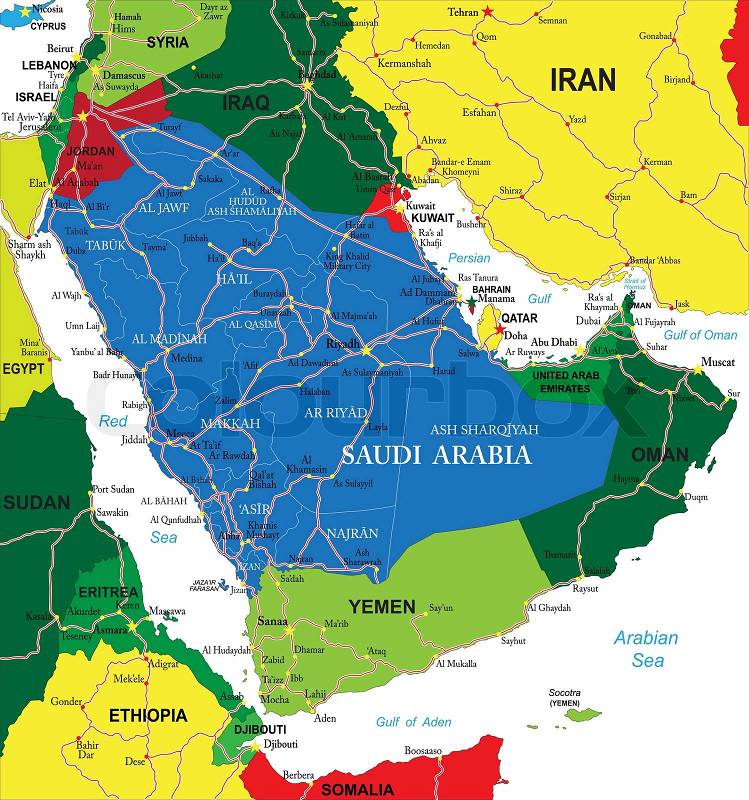
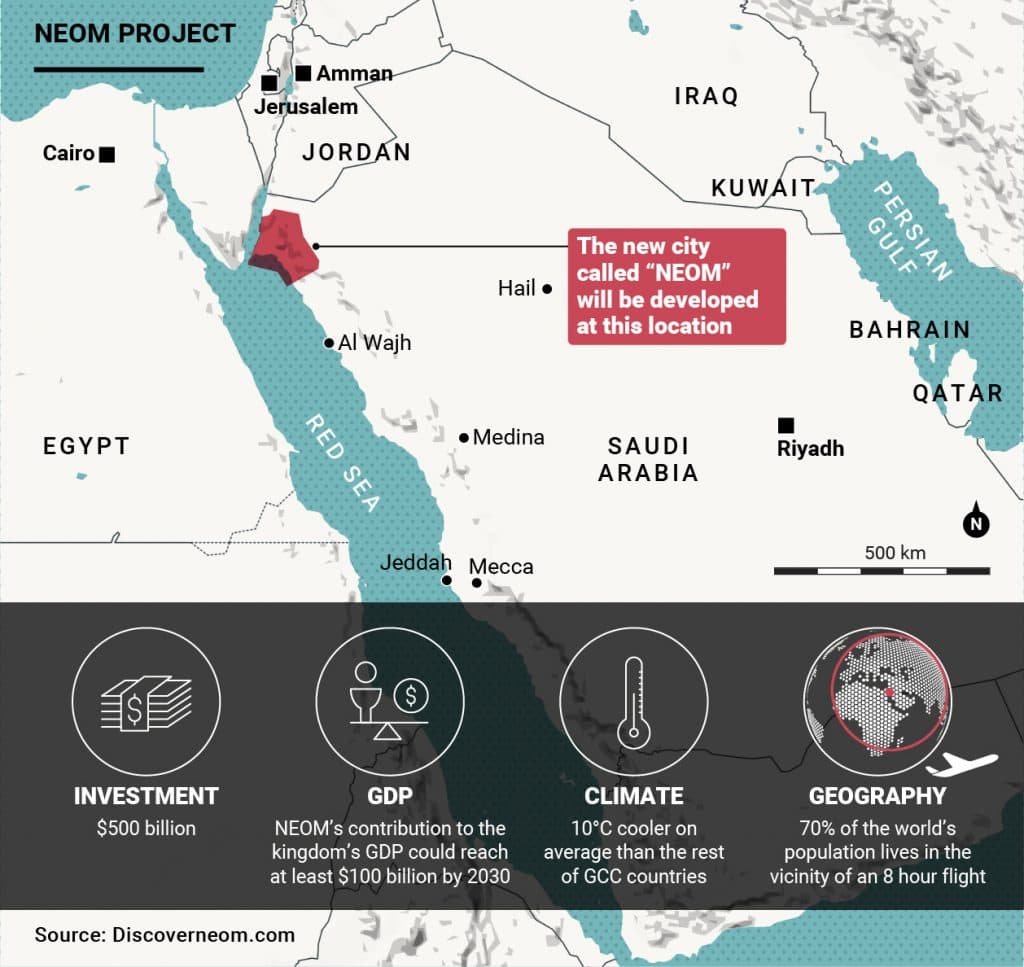



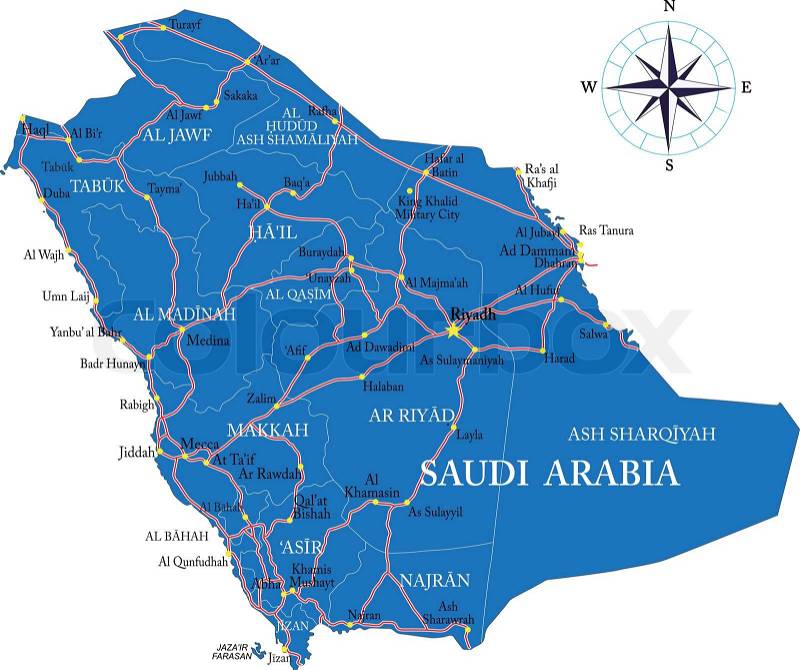

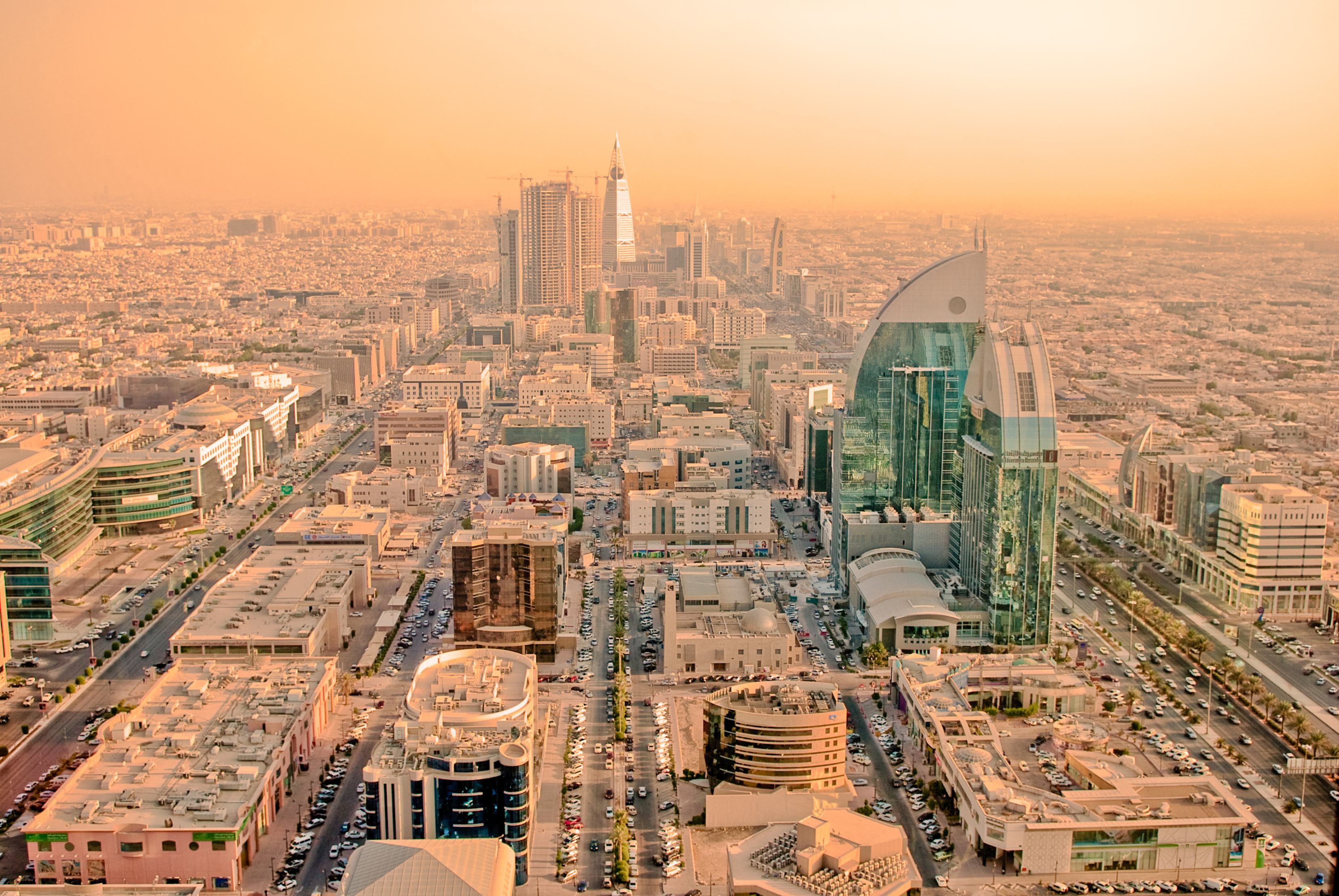


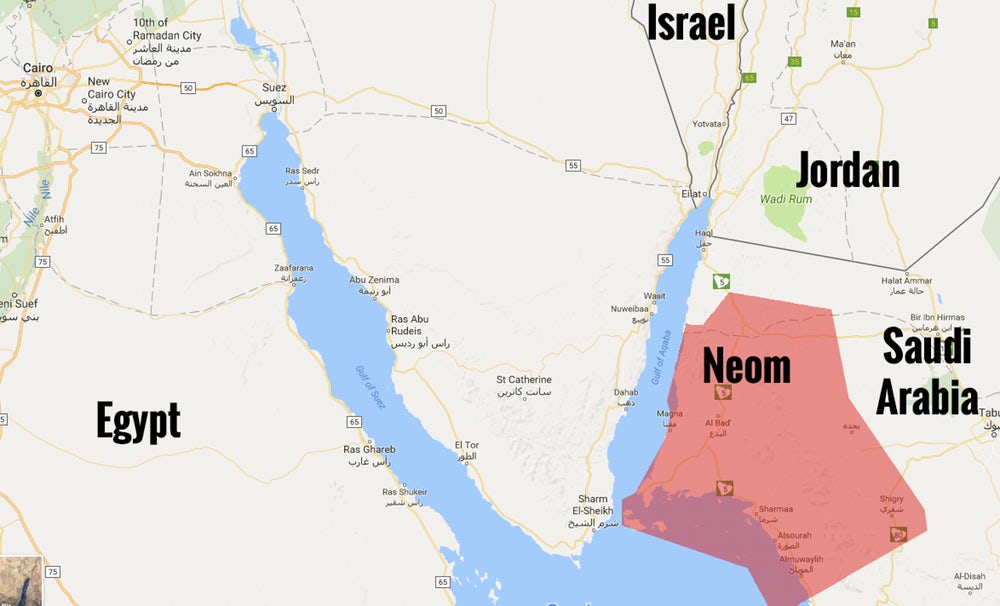






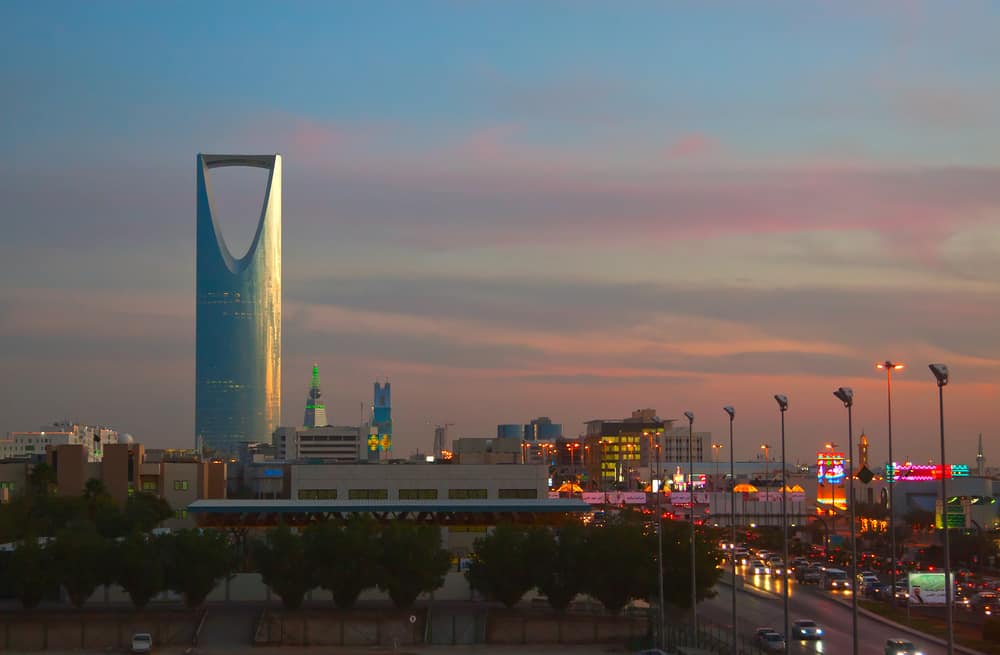


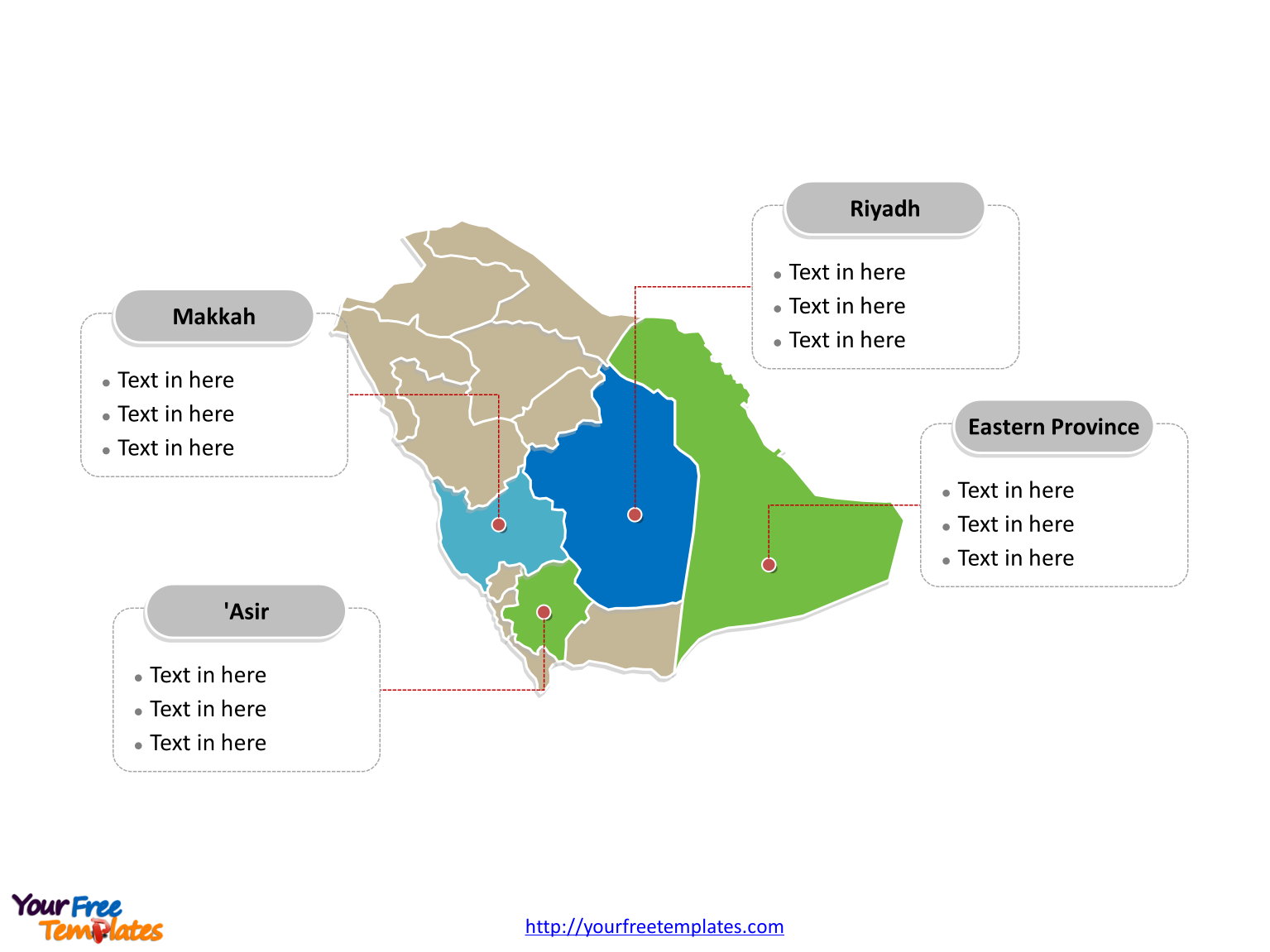


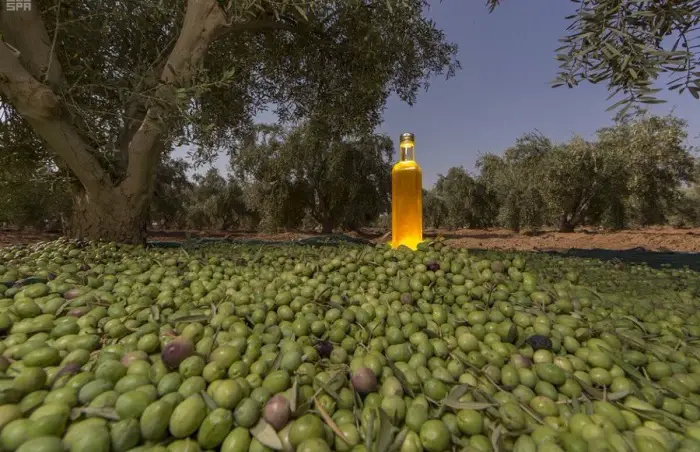


No comments:
Post a Comment
Note: Only a member of this blog may post a comment.